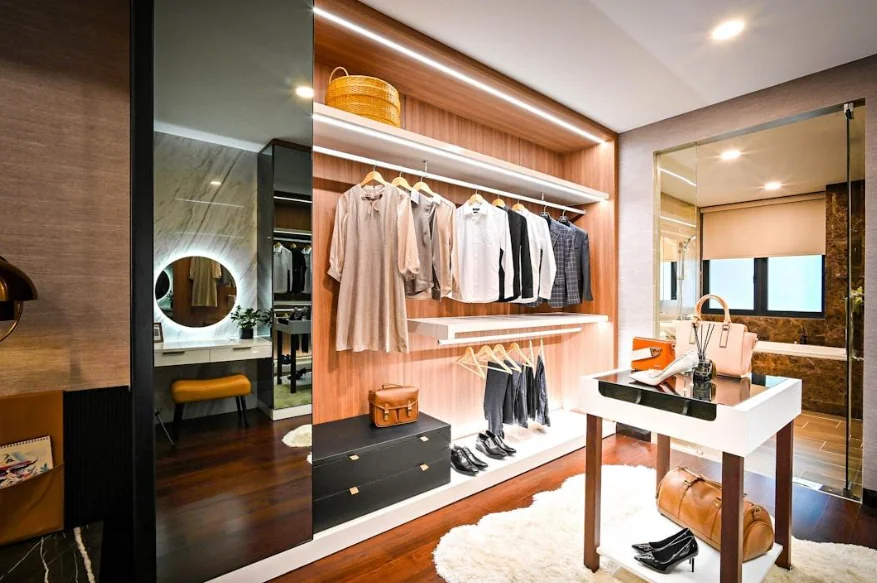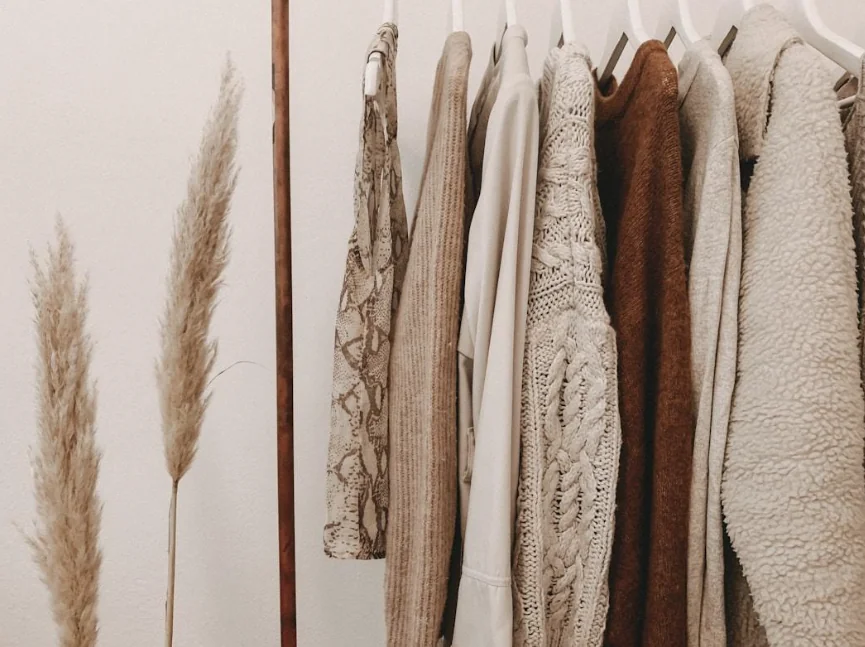
Developing a personal style is an intuitive and creative process that reflects an individual’s identity, lifestyle, and aesthetic preferences. It involves a combination of self-expression and fashion awareness, which results in a unique signature look that boosts confidence and comfort. Your style should evolve with you, accommodating changes in taste, body shape, and lifestyle. Whether you’re completely revamping your wardrobe or refining what you already love, there are steps you can take to make your style distinctly your own. Below, we delve into the key strategies for developing and honing a personal style that resonates with who you are.
Understanding the Basics of Personal Style Development

Developing personal style begins with understanding the basics, knowing the difference between passing trends and timeless pieces that truly reflect who you are. Style should feel authentic, shaped by your body type, complexion, and preferences rather than copied from others. Self-awareness is key to creating a wardrobe that feels natural and flattering.
Your lifestyle, career, and budget also play an important role in shaping your look. The right choices should make dressing easy, not complicated, while smart, sustainable shopping ensures lasting style without overspending. For inspiration and unique finds, exploring boutiques in Detroit can be a great way to discover pieces that align with both your personality and everyday needs.
Assessing Your Current Wardrobe and Identifying Likes and Dislikes
Understanding your style begins with a closet audit, which highlights your current preferences and gaps. By observing which pieces you wear often and which remain untouched, you can identify patterns that reflect your tastes. Recognizing fabrics, cuts, or patterns you prefer helps build the foundation of your signature style, while noting what you dislike prevents future missteps.
Fit and condition are equally important, as well-maintained, well-fitting clothes elevate any look. When editing your wardrobe, consider sustainable choices like donating or selling unwanted items. Many boutiques, including those in Detroit, offer consignment options that give clothing a second life while also supporting both your finances and the environment.
Drawing Inspiration and Defining Your Style Goals
Finding inspiration is key to shaping personal style. Draw ideas from fashion icons, bloggers, art, nature, and other sources that reflect your taste. Creating a mood board helps visualize your preferred aesthetic and refine the direction of your wardrobe. Setting clear style goals is equally important; consider how you want to be perceived and the message your fashion choices convey.
To avoid a limited perspective, look beyond social media and magazines by exploring cultural events, historical fashion, and street style. Keep your inspirations diverse and flexible, allowing your style to evolve in response to life’s changes. Updating your mood board and experimenting with different looks encourages growth and self-expression.
Building a Signature Look with Key Pieces and Accessories
Creating a signature look begins with selecting versatile key pieces that reflect personal style and form the foundation of a wardrobe. Staples such as a tailored blazer, well-fitted jeans, or a little black dress can be mixed and layered to create a variety of outfits. When choosing these items, consider fit, color, and style to ensure they complement the rest of the wardrobe while aligning with lifestyle needs.
Accessories also play a vital role in defining individuality. A statement necklace, vintage watch, or standout shoes can transform an outfit and leave a lasting impression. Investing in high-quality accessories ensures durability and timeless appeal, reinforcing a consistent and carefully curated style.
Maintaining and Evolving Your Style with Confidence and Adaptability
Maintaining personal style involves staying true to your aesthetic while leaving space for growth and evolution. Confidence in your choices is key, as fashion reflects who you are, and it’s natural for style to shift as you change. Trends can inspire, but they should be filtered through your own perspective, adding elements that enhance rather than overpower your individuality.
Developing style is also a process of learning and refinement, guided by self-awareness and feedback from trusted voices. Observing how clothing makes you feel, combined with outside input, helps identify what suits you best. With patience, your wardrobe gradually reflects your personality, becoming a natural expression of identity.
Overall, the journey to defining personal style is personal and ongoing. It involves introspection, experimentation, and expression in equal measure. By understanding who you are and what you love, assessing and refining your wardrobe, drawing inspiration, and strategically choosing key pieces, you can develop a style that is uniquely and authentically yours.


